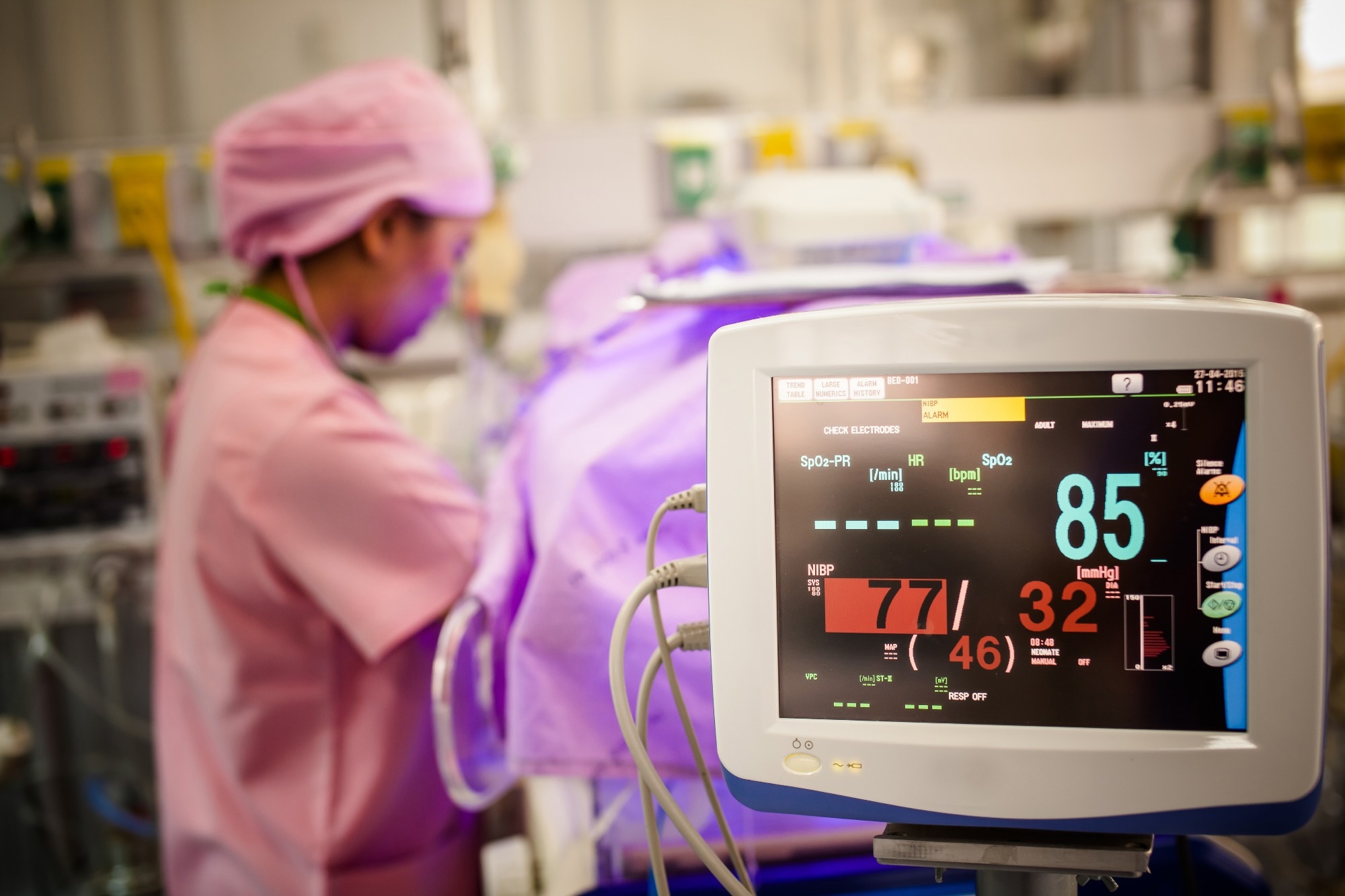Acute respiratory distress syndrome (ARDS) is an emergency situation in both children and adults, as it compromises the vital oxygen supply to the body. A new study published in JAMA Network Open explores the rates of readmission over the first year among children who survived ARDS.
 Study: Readmission rates After Acute Respiratory Distress Syndrome in children. Image Credit: Chaikom / Shutterstock.com
Study: Readmission rates After Acute Respiratory Distress Syndrome in children. Image Credit: Chaikom / Shutterstock.com
Introduction
Over 100,000 children in the United States suffer from an episode of ARDS requiring mechanical ventilation each year, about 10% of whom ultimately succumb to the condition.
Adult ARDS survivors often experience a reduced quality of life and long-term health deficits in their future lives. Nevertheless, there remains a lack of information on the long-term prognosis of ARDS survivors.
Readmission of children is associated with various negative effects, including missing school days, which subsequently impact their educational outcomes, financial costs associated with their hospitalization, and reduced bed availability in hospitals.
The current retrospective study included children who were diagnosed with ARDS between 28 days of life and 18 years of age. The patients included in the current study were further classified depending on whether they had any chronic complex medical conditions, either respiratory or other, whether the patients received a tracheostomy during their index admission to the hospital, and their total duration of hospitalization.
What did the study show?
The current study included over 13,500 children with a median age of four years. About 60% of the study cohort were boys. All patients had ARDS requiring mechanical ventilation during their hospital stay.
About 30% of the patients in this study required readmission within one year of discharge. Moreover, one in seven of these readmissions occurred within about two months of their index admission.
Over 75% of readmitted children had complex chronic conditions, which was comparable to about 66% who did not require readmission. Over 20% of children who required readmission had respiratory conditions as compared to 10% of those who were not readmitted.
Thus, the risk of readmission was higher in children with complex chronic conditions, who were more than twice as likely to be readmitted to the hospital. Patients with pre-existing respiratory conditions were at a 2.7-fold increased risk as compared to children without any complex chronic illness with ARDS, whereas those with non-respiratory illnesses were twice as likely to be readmitted.
If a new tracheostomy was required during the ARDS-related hospitalization, the risk of readmission doubled. Likewise, children who were hospitalized for two weeks or longer during their index stay were also more than twice as likely to be readmitted. The likelihood for readmission in children who were hospitalized for two weeks or longer was also higher when compared to children who did not have chronic conditions.
Children with a tracheostomy are more likely to develop additional complications, as well as require a high level of healthcare expenditures and investments by healthcare providers. Without financial stability, these patients may be at an increased risk of further deterioration, thus indicating the need for additional support.
The number of days alive and out of the hospital after discharge prior to their readmission was fewer among survivors with respiratory and non-respiratory complex chronic conditions as compared to children without these health conditions by 24 and 26 days, respectively. This reduction was also observed with either a new tracheostomy or hospitalization of two weeks or more during the index admission date.
Taken together, these factors were associated with a higher risk of readmission within one year of discharge after a diagnosis of ARDS, even in children who did not have a diagnosis of asthma or status asthmaticus. The rate of readmission was higher than for all pediatric intensive care unit (PICU) admissions, as well as among children who received mechanical ventilation and those who received a definitive diagnosis of ARDS.
Our findings demonstrate that children who survive ARDS may have lasting impacts on their health in the form of the burdens of readmission and its sequalae [sic].”
What are the implications?
The current study identified three risk factors that affect the likelihood of readmission following a primary hospitalization with ARDS in children. This data, combined with the fact that many of these readmissions occur during the first 60 days following the index admission, future studies are needed to evaluate whether post-discharge interventions such as telephone calls and follow-up visits may help reduce the readmission burden in this patient population.